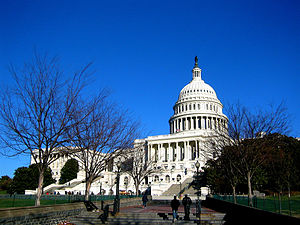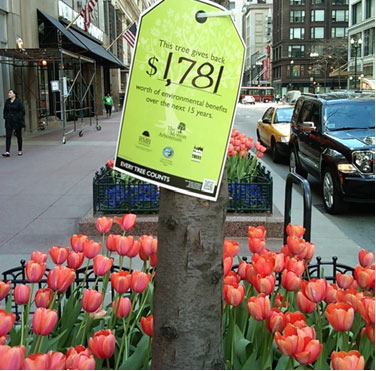It has been a while since my last post and there has been a lot going on. I’ll be brief but I expect to be writing on the following topics in the next couple of weeks.
Beer
You may be wondering what kind of connection beer has to transportation and land use. I’ve been wondering the same thing and I’ll have some information up soon. As an avid home brewer, I am very much interested in the burgeoning craft beer scene in Chicago and I intend on examining why. As in, does urban form have any affect on the location decisions of craft brewery start-ups? Are there any agglomeration effects? Does public transit play a role? We’ll see.
Transport Chicago
I have been involved with the Metropolitan Conference on Public Transportation Research (aka Transport Chicago) for the past four years in various leadership and committee posts on the steering committee. The conference is tomorrow, so please, sign up if interested. This year, I will be moderating a session on transportation safety in the context of pedestrians, bicyclists and vehicular users. Someone you may know, Steve Vance from Grid Chicago, will be presenting. Post conference, I’ll be sharing my thoughts on my session and the rest of the conference.
Travels
I’ve been traveling lately. Last week to Wisconsin. Next week to Florida. I’ve got some ideas on both…to be shared soon!
Zoning
We’ll see about this one, but I think it’s worth mentioning the effects zoning has on land use and transportation decisions. I’ve been realizing that some of what I have been talking about on the blog may be obscure to some of my readers and some basic definitions are involved. Zoning is a critical planning tool in land use development and this might be a good jumping off point into discussions of broader land use and transportation policy. Look for additional posts on transit-oriented development, public transit and other land use and transportation related policy briefs.







